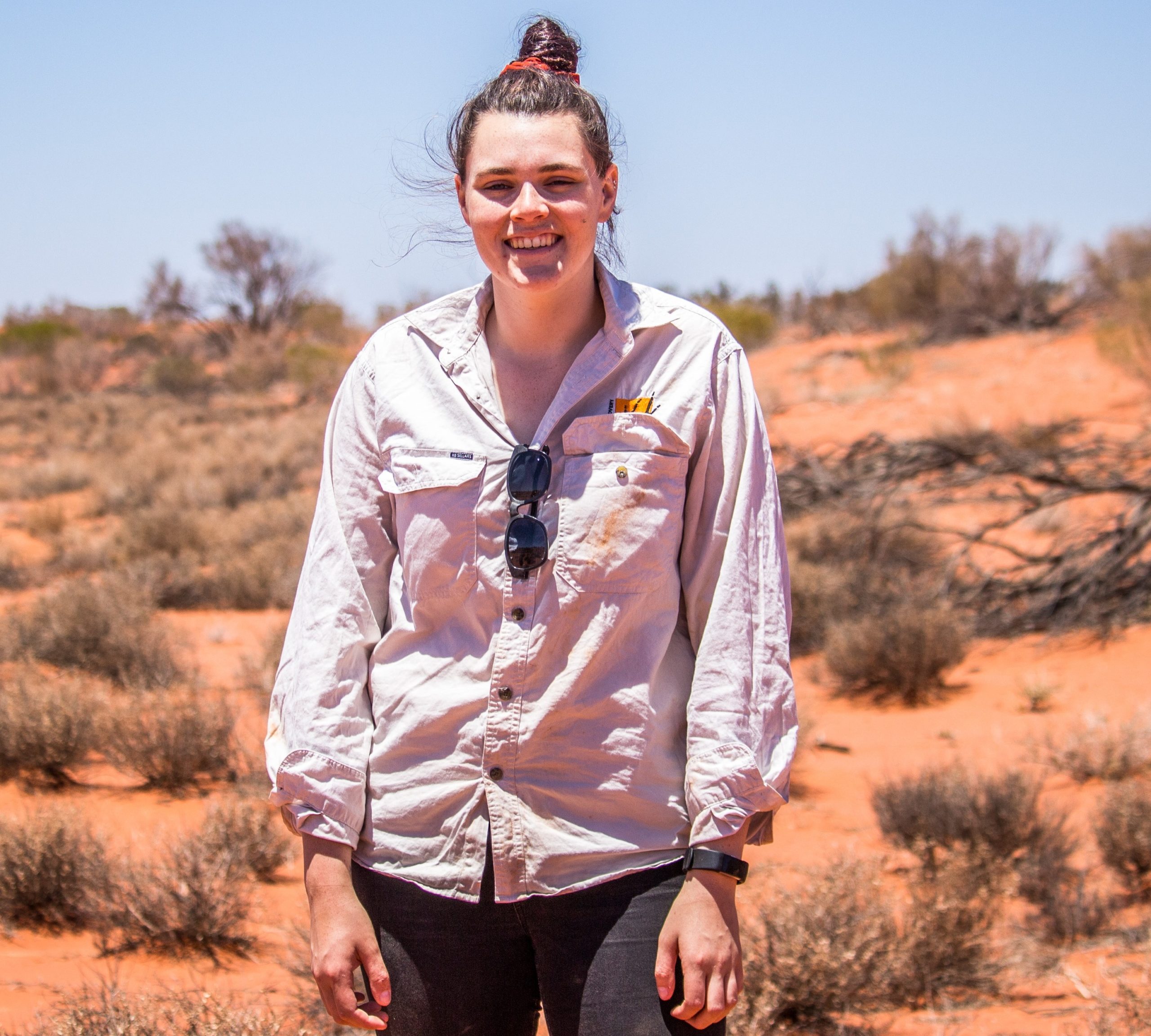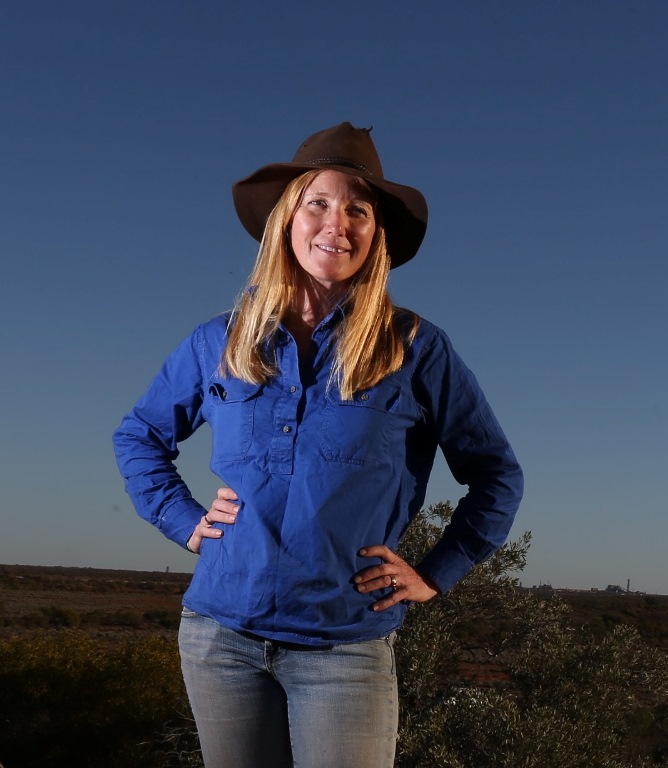The kowari (Dasyuroides byrnei) is a small, carnivorous marsupial that inhabits northeast South Australia and southwest Queensland. It is greyish-buff in colour and has a distinctive black brush at the end of its tail. Recent research has shown the species is declining, with a 20% chance of extinction in the next 20 years without human intervention.
What is Arid Recovery doing?
In August 2022, 12 independent kowaris were translocated to Arid Recovery from northeast South Australia, with a small, but healthy population now successfully established within the reserve. We plan to introduce more kowaris from Queensland soon to boost the genetic diversity of our founding population. Arid Recovery is the first-ever safe haven for the kowari, where they are protected from cats, foxes, and livestock. We hope that our translocation of kowaris will ultimately form an insurance population so we can help to return kowaris to wild populations and other sites from which they have disappeared. It is also an opportunity to learn about this enigmatic species and develop tools to protect it into the future.
The project is funded through the Australian Government's Environment Restoration Fund Safe Havens program. We have many partners, including Kokatha Aboriginal Corporation, SA Arid Lands Landscape Board, DEW, Waratah Fencing, BHP and Bush Heritage Australia, and the Thyne Reid Foundation.
Range
This fantastic beast lives in the Sturt Stony Desert and Channel Country, deep in outback South Australia and Queensland. Western science first discovered it in 1895; since then, it has completely disappeared from the Northern Territory, as well as many sites in both South Australia and Queensland. Worryingly, once it disappears from a site, it struggles to return.
Shelter
Kowaris are nocturnal; although, they are known to bask in the sun around burrow entrances during cooler weather. In South Australia, they occupy stony gibber plains with little shrub and ground cover. Individuals shelter in burrows that they dig in sand mounds between gibber pavements, as well as in burrows dug by other species, especially bilbies.
Diet
Kowaris are nocturnal, hunting for prey at night. Their diet largely consists of insects and small vertebrates (particularly rodents). While kowaris are small (between 70 and 175 grams as adults), they are ferocious predators.
Breeding
They are typically solitary animals, except during mating. Breeding seasons are locally synchronised (individuals in each population enter breeding cycles at the same time), with breeding possible in three events between April and December. Individual females are capable of breeding in two events per year and can raise a maximum of six pouch young per event. Individuals typically live just over a year in the wild, although they can survive for more than two years. In captive environments, they can live up to five years.
Threats
Historical causes of decline for kowari are poorly understood; however, several threats are currently recognised. The most severe threats to kowari are habitat degradation from livestock and introduced herbivores, particularly rabbits, and predation by introduced mammals. Cattle reduce shelter availability by trampling burrows. Additionally, over-grazing from both cattle and rabbits reduces resource availability for prey species, which, in turn, reduces prey availability for kowaris. Most importantly, these threats are synergistic. The expansion of water points for livestock throughout kowari habitat likely exposes kowaris to a higher risk of predation as predators are drawn in to the water. The reduced cover from over-grazing and burrow trampling also increases the risk of predation, as kowaris are more exposed to predators.

















